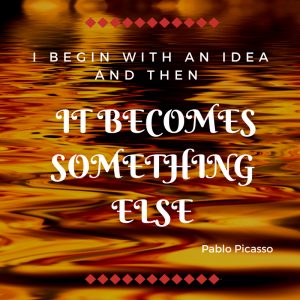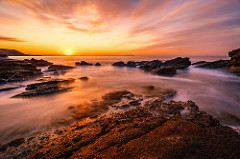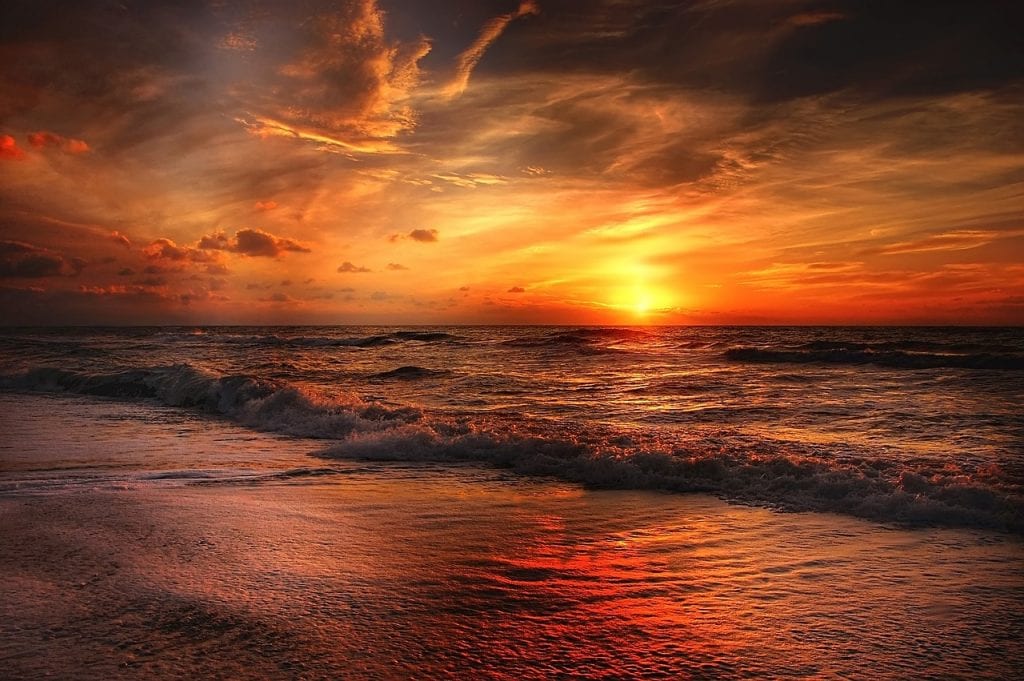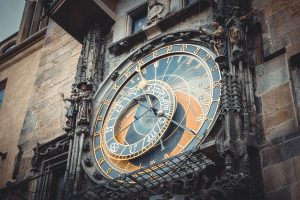Let’s talk IMAGES:
A really great photo can catch the reader’s attention and draw them into your composition or post. But unless you are a really great photographer, that perfect shot may be hard to find. Luckily, we have the web and modern technology that does most of the hard work for us.
There are literally thousands of free pictures available on the web that are OK to use…and just as many ( maybe more) that are NOT!
We all know Google is a great tool that can search the web and return exactly what you are looking for. Just type the right keywords and all the data, news, video , images , books ,maps, you name it and it will appear!
BUT, if you plan to re-post or publish even a small part of this creation, you must give the original writer or artist credit for their work. In research, this is accomplished by citing our sources (more on this later) . With other artistic compositions, this is called attribution. We attribute ( or give credit to) the artist, musician or photographer of the original work.
It is for this reason that Google is not the best source for images. A large percentage of Google Images are NOT free to reuse. Most , as a matter of fact, are copyright protected and cannot be used without the risk of copyright infringement.
Recently we have learned that there are some great alternatives. In a previous post we explored Pexels, and Pixabay as two of these great free picture sites.
Just so that you are aware, there are a few other options:
- Get permission – which is difficult to obtain, or you can Pay for photos- a luxury most can’t or don’t want to afford. So this one is not really a practical option.
- Use Creative Commons to help obtain acceptable images and provide the appropriate attribution required for the varying degrees of licensing. This requires some research. But can be a learning opportunity.
- Use your own – this could be fun, but may be a bit time consuming, and a challenge to get exactly what you are looking for. And there are some of us that just can’t take a good picture!

Image: ‘Morning glow’ Found on flickrcc.net
- Use web resources that provide assistance to correctlyattribute the images. Pexels and Pixaby provide attribution. A couple more services as listed below:
-
https://pixlr.com/ – Pixlr. Express.
- http://flickrcc.net/
-
On your blog…..you can
- Use the Pixabay plugin. As a plugin, this tool can be found in Plugins >All. Once activated will be visible in your post editor, just to the right of your ‘Add media’ button.
Note: 2021 Update: On the class blog and in my classic editor for posts, this feature is a plugin. An affiliate link button may now be available as a standard feature when using the Block editor on your newer blog posts. Luckily to avoid confusion, it is in the same spot, just to the right of the ‘Add Media’ Button.

kordi_vahle / Pixabay
More detailed instruction on creative commons and correct attribution can be found at Edublogs help.
All the options listed above are good. But not necessarily easy or efficient or optimal. The bottom line and the best option for great media, is of course the option that is legal, and Free!

geralt / Pixabay
Reusing Images on your blog or any other published composition is a sure fire way to capture the attention of your audience and draw them into your site. Capturing your audience’s attention with media is exactly what marketing professionals do when they hook you , draw you into to read a review and then possibly convince you to purchase a product.
This week, lets consiously think about the use of images with our blog posts and include at least one great attention getter! And of coure, be sure to attribute the artist! Even if it is you!

